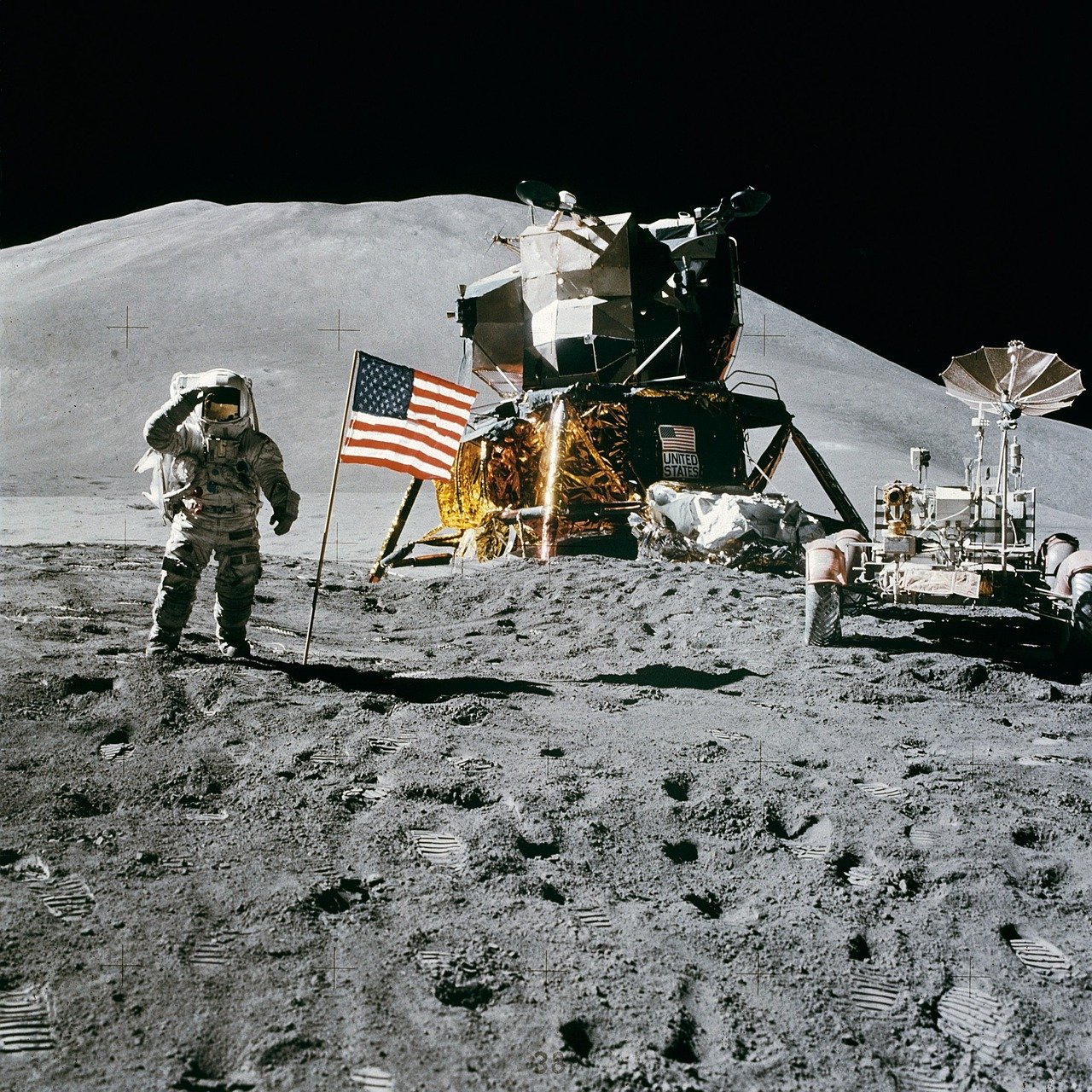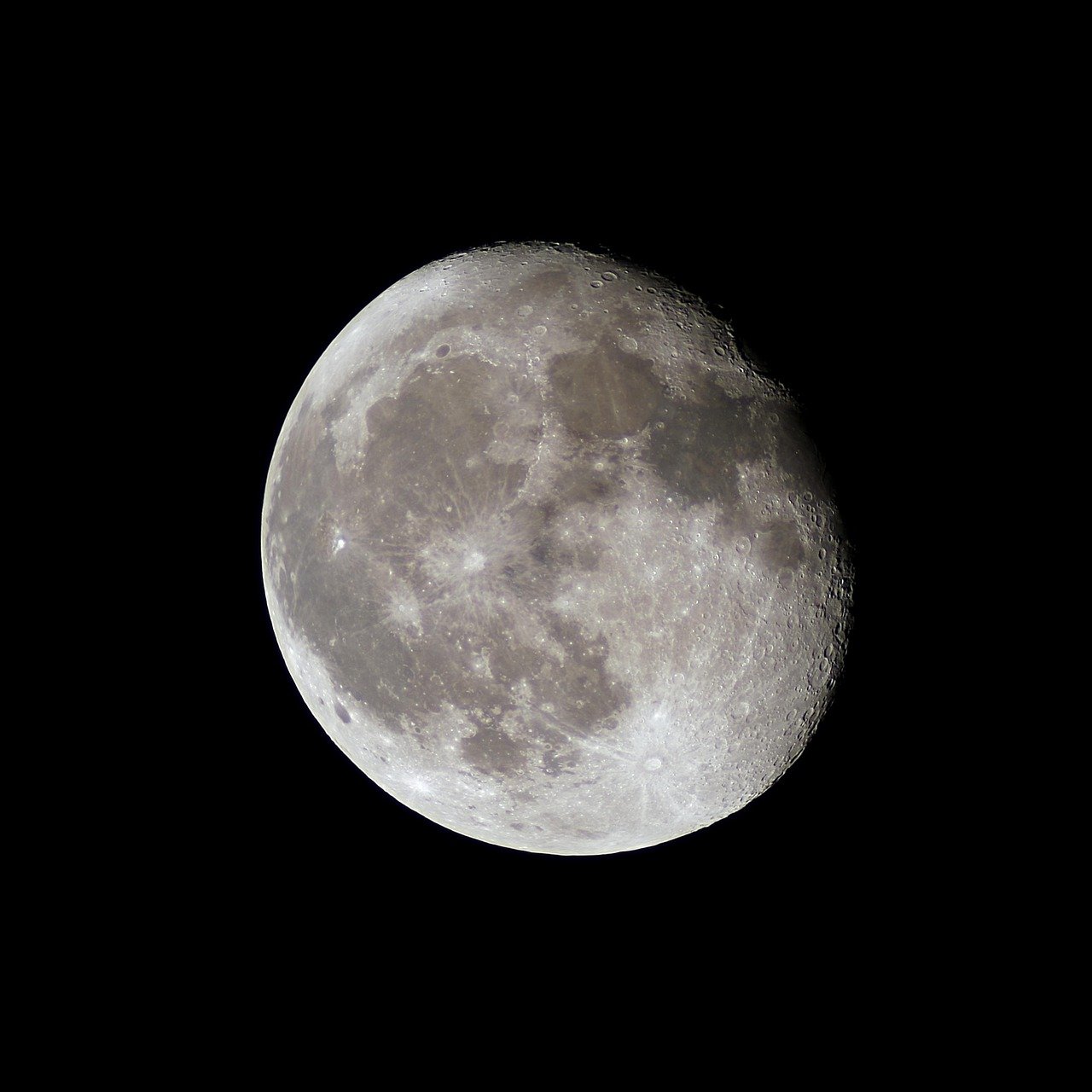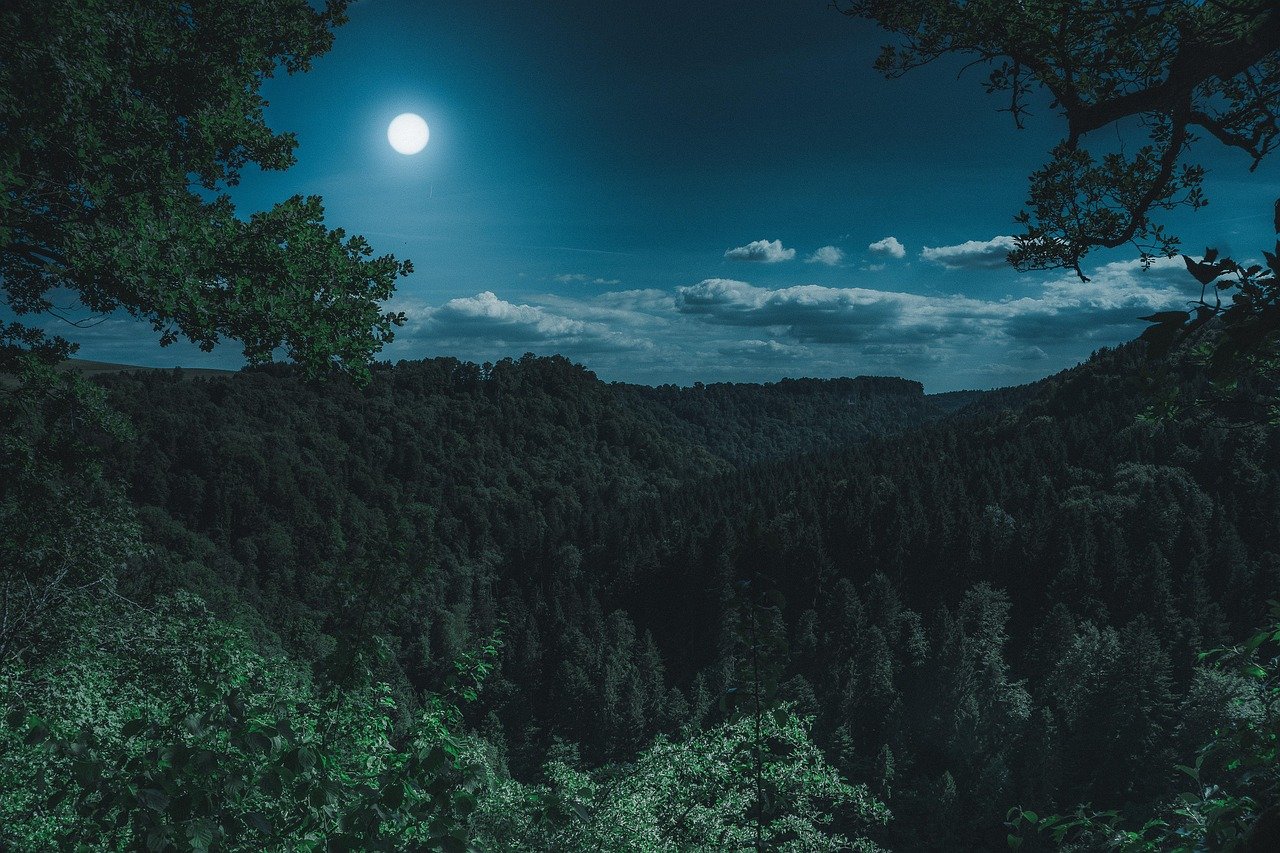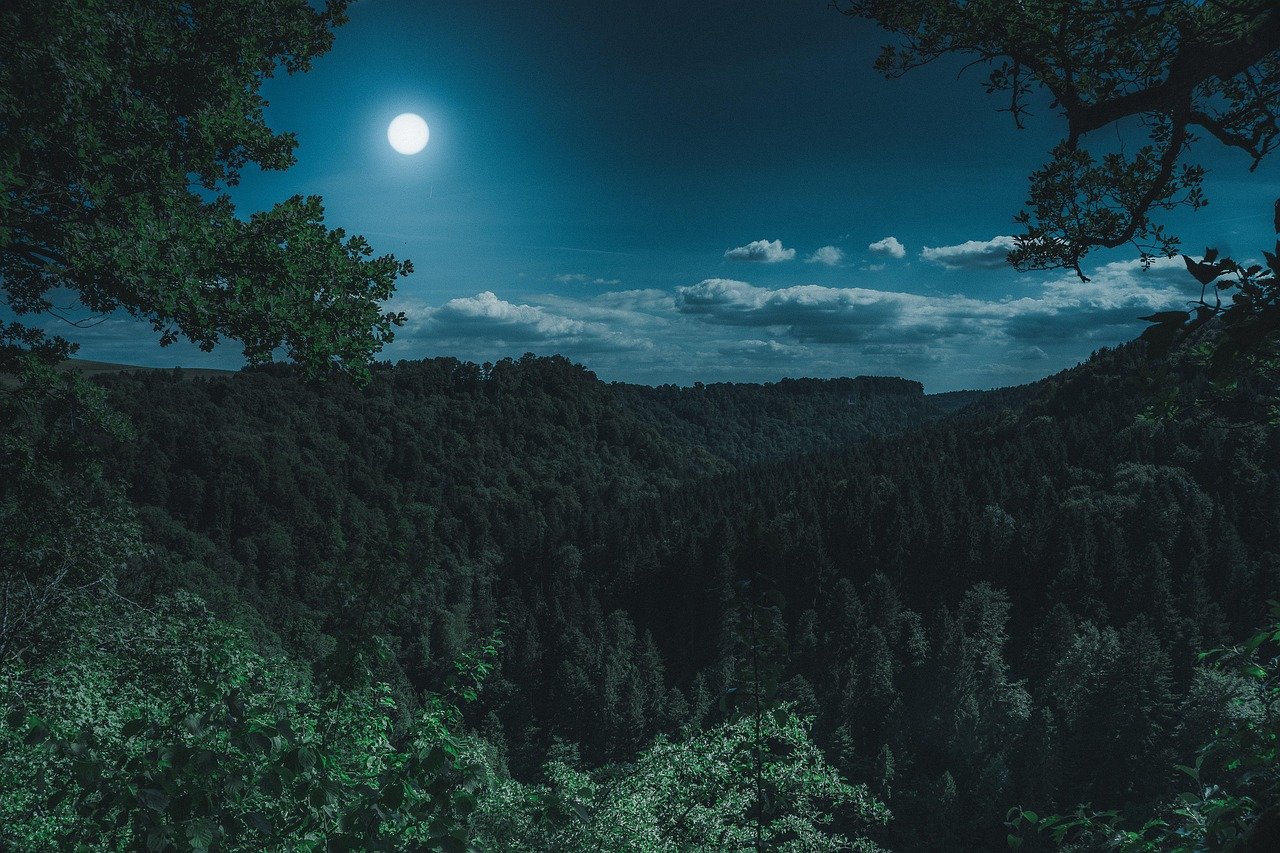Have you ever looked up at the Moon and wondered if it’s hiding secrets from us? For decades, NASA has sent astronauts, probes, and rovers to our lunar neighbor, yet the Moon’s mysteries seem to multiply with every mission. Some of these secrets are so strange, they sound straight out of science fiction. From echoes that ring like a bell to flashes of unexplained light, the truth is often far more surprising than what’s in the textbooks. Let’s pull back the curtain and take a look at seven things NASA isn’t telling you about the Moon—prepare to be amazed, puzzled, and maybe even a bit unsettled.
The Moon’s “Mysterious” Magnetic Past
It might come as a shock, but the Moon once had its own magnetic field, much like Earth’s. Today, it’s almost completely gone, leaving scientists scratching their heads. Decades ago, NASA’s Apollo missions brought back rocks that showed signs of being magnetized, proof that the Moon’s past was more dynamic than we thought. The big question is: how did a body as small and cool as the Moon ever generate such a force? Some experts suspect a molten, churning core once powered this field, but it’s unclear why or how it fizzled out. Theories range from a catastrophic asteroid impact to a rapid cooling that snuffed out the Moon’s inner dynamo. These unsolved questions make the Moon’s early days seem almost haunted by forces we don’t fully understand. If the Moon’s magnetic field protected it once, what changed—and could it ever return?
Strange Lunar Transient Phenomena (LTP)
Imagine gazing at the Moon and suddenly seeing a flash of pink, a burst of blue, or a flicker of light dart across a crater. This isn’t science fiction; it’s what astronomers call Lunar Transient Phenomena, or LTP. For centuries, both amateurs and professionals have reported these odd lights and colors on the Moon’s surface, sometimes lasting just seconds, sometimes as long as a few minutes. NASA has recorded these events but struggles to explain them. Some flashes might be tiny meteorites slamming into lunar dust, while others could be gases escaping from the Moon’s interior. Still, many sightings defy easy answers. Theories abound, from moonquakes to volcanic activity, and yes, even whispers of alien visitors. LTP is a reminder that the Moon is far from a dead rock in the sky—something is happening up there, and not even NASA has all the answers.
The Moon’s Hollow Echo Claims
Here’s a story that sounds almost too bizarre to be true: during the Apollo missions, astronauts crashed spent modules into the Moon and recorded the vibrations. The result? The Moon “rang like a bell”—for over an hour in some cases. This strange echo led to wild speculation that the Moon might be hollow or contain vast cavernous spaces. While NASA’s official stance is that the ringing is due to the Moon’s dry, rigid crust transmitting seismic waves differently than Earth, the idea of a hollow Moon refuses to die. Some fringe theories even suggest it’s an artificial structure—an idea NASA firmly denies. Still, the way the Moon responds to impacts remains a genuine scientific curiosity, raising questions about its internal makeup that no one can quite settle.
Unexpected Elements on the Surface

You might expect the Moon’s surface to be made of nothing more than boring gray rock, but recent missions have found much more. Scientists have detected rare earth elements and volatile compounds scattered across the lunar regolith, some of which could be game-changers for future space missions. There’s helium-3, a rare isotope that could someday fuel clean nuclear fusion. There are also hints of precious metals, which have fueled talk of mining operations. Yet, NASA has been oddly quiet about just how much of these valuable elements actually exist or how easy they’d be to harvest. Some say the Moon could be the next frontier for energy and resources, but the details remain under wraps, leaving us to wonder just what treasures are hidden in plain sight.
Water Ice in Shadowed Craters (But More Than Advertised?)
The discovery of water ice in the Moon’s permanently shadowed craters was a big headline, but the truth is more complicated than it seems. NASA announced that these dark, frigid spots near the lunar poles contain ice, sparking dreams of lunar colonies using it for drinking water and rocket fuel. But dig a little deeper, and you’ll find the reality is less straightforward. The ice may be mixed with rocks and dust, making it tough to mine. Some recent data even hints that there could be more water than NASA originally estimated, buried deeper or spread wider than previously thought. Yet, the agency has been cautious in releasing details, perhaps not wanting to overpromise what’s possible for future explorers. The real amount of usable lunar water remains a closely guarded secret, keeping everyone guessing about the Moon’s potential as a stepping-stone to Mars and beyond.
The Moon’s “Tilted” Origins

Unlike our tilted, spinning Earth, the Moon’s axis is remarkably steady—almost eerily so. This strange alignment has led scientists to rethink its origin story. The leading theory is that a planet-sized object crashed into Earth billions of years ago, blasting debris into space that eventually clumped together to form the Moon. But why did this cosmic accident leave the Moon with such a tiny tilt? Some researchers believe the answer could reveal secrets about Earth’s own history or even about the chaotic early days of the solar system. The more we learn, the more the Moon’s strange tilt stands out as a clue to a larger puzzle—a puzzle NASA is still working to solve.
Structures or “Anomalies” in Lunar Photos?

Ever zoomed in on a Moon photo and spotted something odd—lines, shapes, or shadows that just don’t look natural? You’re not alone. Over the years, lunar photos have sparked endless debates about mysterious “structures” or “anomalies” on the surface. Some claim to see towers, domes, or even the remnants of alien technology. NASA insists these are nothing more than tricks of light, camera glitches, or natural rock formations. Yet, every so often, a new photo emerges that reignites the debate, fueling wild speculation across the internet. Whether these anomalies are evidence of ancient civilizations or just our brains playing tricks, the fascination never fades.


